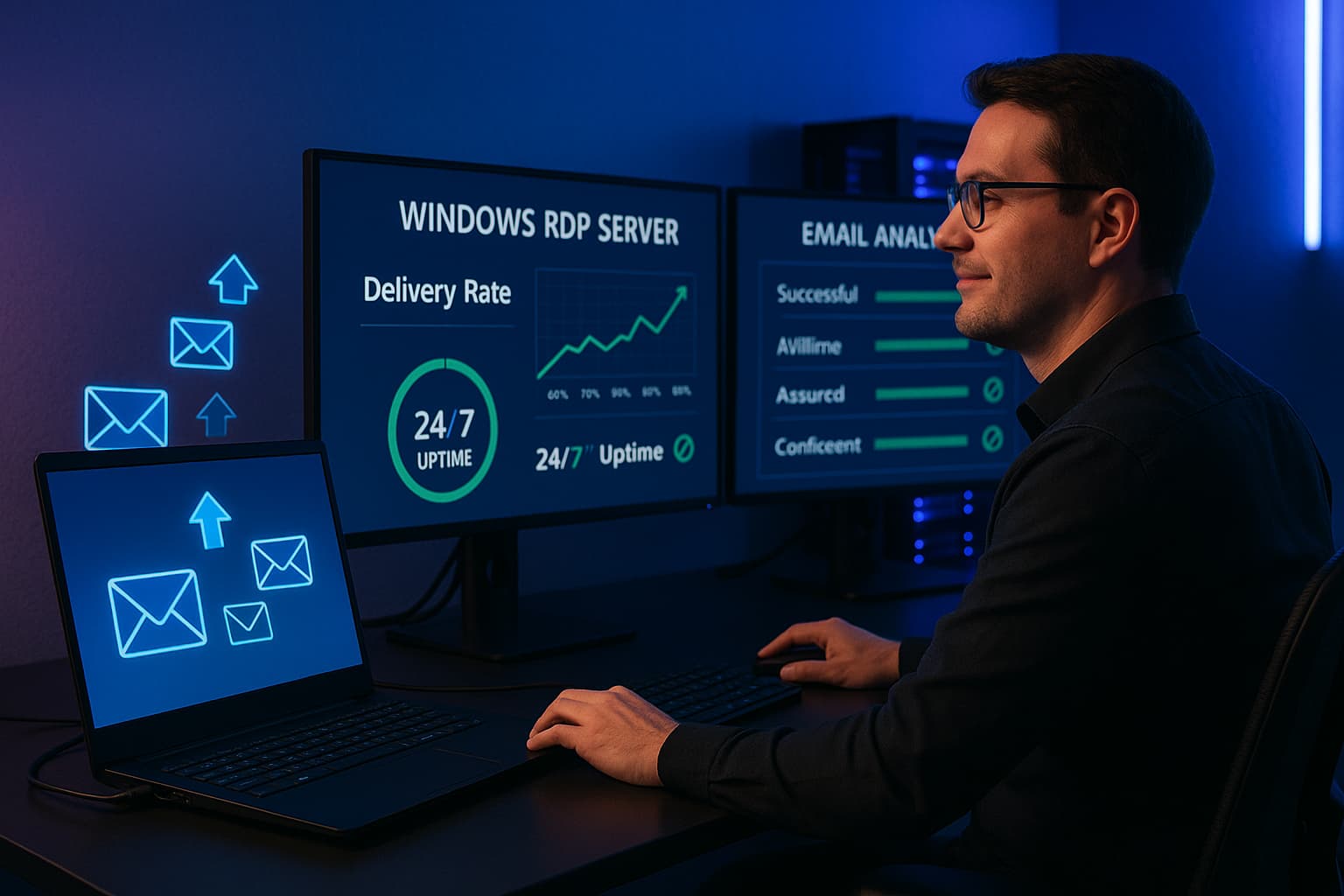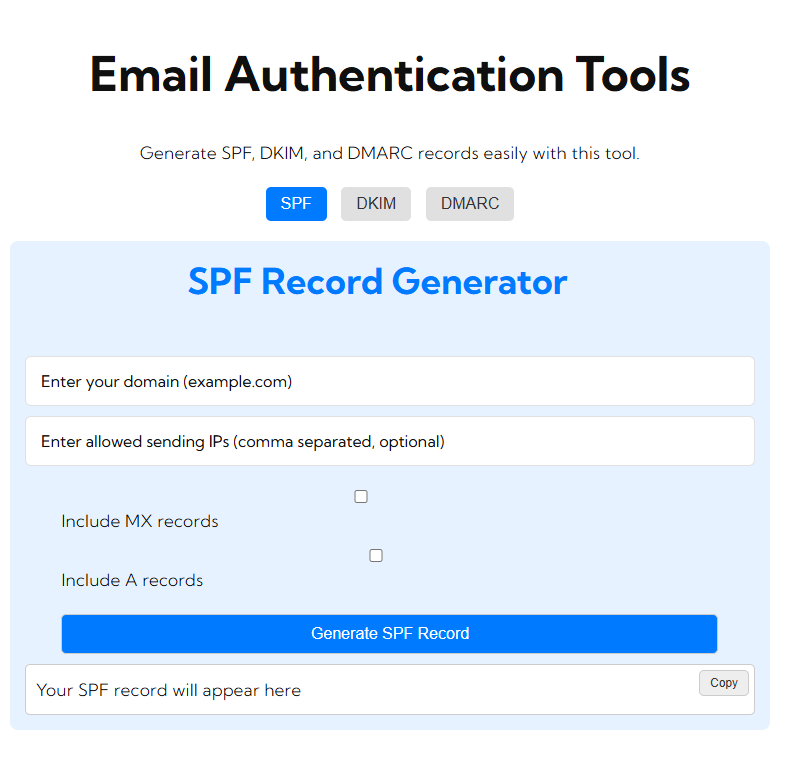This is the age of digital marketing in which email is one of the most effective tools for communication and engagement. The demand is always there to send mass emails to reach out to a larger audience, for instance, newsletters, promotional offers, or announcements. However, if you want to use Gmail for that, you may wonder, Can I use Gmail to send bulk email? Yes, but with very important caveats. Let’s see the pros and cons of using Gmail for bulk emailing, along with its limitations and some best practices in successful email campaigns.
Understanding the Limitations of Gmail When It Comes to Bulk Emails
The truth is, although Google’s Gmail may be quite popular and convenient, it’s still limited by some bulk emailing restrictions. Here are the key things to take note of:
1. Sending Limits
Even more stringent sending limit in Gmail so as not to be exploited or spammed:
- Gmail Daily Sending Limit: A Gmail account can send as many as 500 individual emails per day, but for Google Workspace (formerly G Suite) accounts, the limit is 2,000 emails per day. The count of sent and received emails is included.
- Recipient Limit: You may send only one email message to up to 100 recipients at a time when using the standard Gmail interface.
If you cross these thresholds, your account will get temporarily suspended, and you will be barred from sending out any emails for a time.
2. Spam Filters
Gmail has very strict spam filters that scan for sending patterns, content, and recipient engagement. The possibility is that all your mass emails will never reach their destinations if they mark it as spam. Some key triggers of spam filters include:
- Low engagement: If the recipients don’t open or engage with your emails, Gmail marks your following messages as spam.
- Content quality: Spammed words, too many links, and misleading subject lines might make Gmail flag.
Sending mass emails using Gmail can also risk the reputation of your domain since too many bounces or complaints might affect the sender score and lead to harder times when trying to get your messages to the inboxes of the recipients in the future.
Best Practices for Sending Mass Emails via Gmail
If you have decided to use Gmail for sending bulk emails, here are some best practices that can help optimize your chances of success:
1. Use Google Workspace
If you need to send more emails, consider upgrading to a Google Workspace account. This will increase your daily sending limits and provide additional features tailored for businesses.
2. Segment Your Audience
Segment your email list, by demographics, interest, or past behavior. Instead of sending one huge email to everyone, segmenting will allow you to send targeted emails and increase the chance of having higher engagement.
3. Personalize Your Emails
Personalization has increased open rates. The use of names, tailoring content based on their interest, and making your email more personalized rather than generic will increase it.
4. Monitoring Engagement
Track engagement metrics, including opens and clicks. Use the information to tailor email content so future emails are optimized.
5. Best Practices for Email
- Make use of a meaningful subject line. Ensure your subject line reflects the contents of your email.
- Provide value to your recipients. This will include useful information, discount opportunities, or the status update.
- Add an unsubscribe option: Help receivers opt out if they do not want to receive emails from you. This aids in maintaining a clean list as well as helping you conform to legal situations such as GDPR.
6. Test Your Emails
Before sending a bulk email, send test emails to yourself or a small group. This will help you check the formatting, links, and overall appearance to ensure everything looks professional.
Alternatives to Gmail for Bulk Email
If your email marketing needs exceed what Gmail can offer, consider using dedicated email marketing services such as:
- Mailchimp: A popular choice for businesses looking to send newsletters and promotional emails, with user-friendly design tools and analytics. Provides advanced email automation features, SMS marketing capabilities, and is suitable for businesses.
- Constant Contact: Meant for small businesses, it provides templates, handling contacts, and offers tracking tools.
These websites are focused entirely on bulk emailing and provide features such as list management, automation, as well as analytics of all the details.
Conclusion
While technically possible to send bulk emails through Gmail, this method has numerous limitations and risks that would undermine your efforts in sending bulk emails. You can find a more relaxed way around Gmail when sending fewer email numbers. But for greater campaigns, there are more suitable dedicated email marketing services which are sturdier with greater sending limits and stronger performance-tracking tools.
Frequently Asked Questions
- Can I send bulk email from my personal Gmail account?
Okay, but in reality only 500 per day is allowed. And isn’t recommended. For being flagged as a spammer. - All my emails seem to land in spam. What can I do?
Follow best practices of email marketing such as cleaning the list, personalization, and providing content that gives something of value to the recipient. - Is there a legal side to mass email?
Yes. You must adhere to legislations like GDPR and CAN-SPAM that require opt-out options and truthful subject lines.






